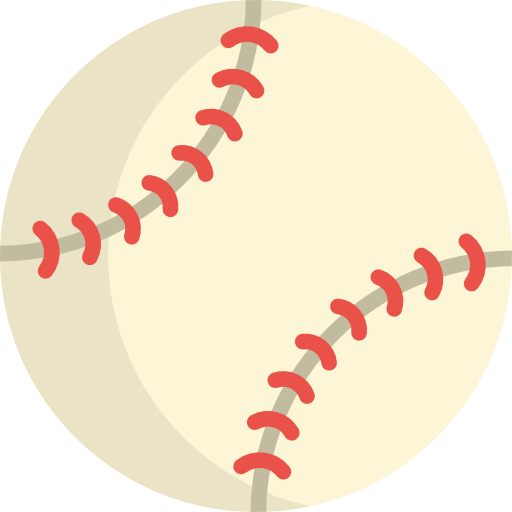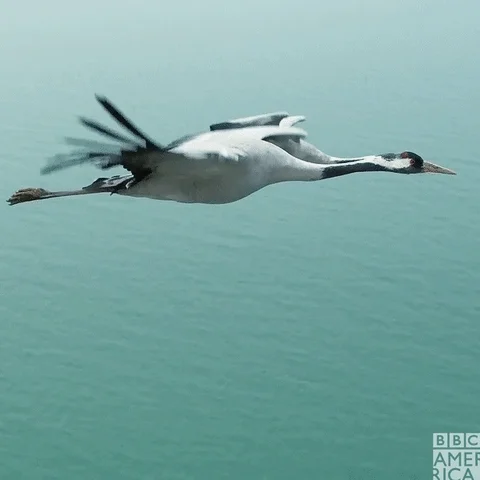
This logo isn't an ad or affiliate link. It's an organization that shares in our mission, and empowered the authors to share their insights in Byte form.
Rumie vets Bytes for compliance with our
Standards.
The organization is responsible for the completeness and reliability of the content.
Learn more
about how Rumie works with partners.
Ever watch a baseball game and try to predict whether an outfielder will catch a fly ball or whether she'll come up short? Well you can use physics to calculate the answer!
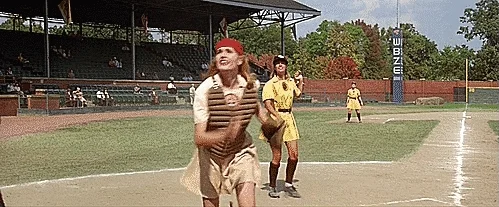
Physics is the fundamental study of matter, its components, its motion, and its behavior. Sir Isaac Newton formulated the laws of motion, known today as Newton's Three Laws of Motion.
These laws describe the relationship between objects, forces acting upon those objects, and their motion.
Did you know?
First Law: An object at rest will stay at rest
Example 1 (object at rest):
The books on your bookshelf remain at rest, unless acted upon by a force like an earthquake. Then the force of the earthquake will result in your books having motion (and falling over).
Example 2 (object in motion):
If you throw a ball into space, that ball, having no other forces stopping it, will keep going and going.
Second Law: Force equals mass times acceleration
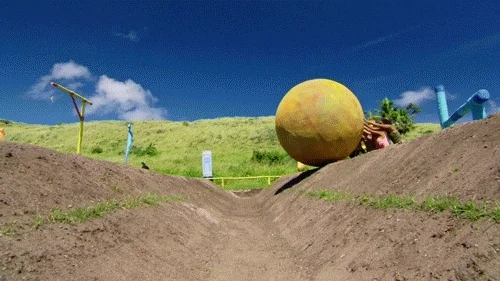
Newton's Second Law states that the rate of acceleration (or increase in speed) of an object depends upon that object's mass and the force acting upon it.
As more force is put upon an object, the faster that object will accelerate. However, acceleration is also impacted by mass. Objects with higher mass will accelerate less quickly.
Simply put:
More force means more acceleration.
More mass means less acceleration.
Example 1: 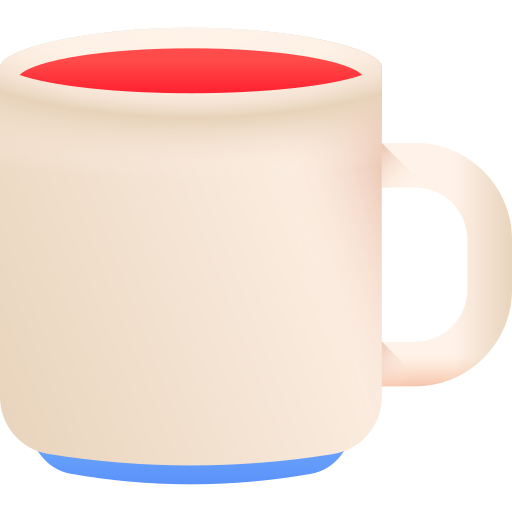
You're exerting 10 units of effort to push a coffee mug across the table. Because the mass of the coffee mug is quite low, the mug accelerates, increasing in speed to slide across the table (the force of friction will eventually slow it down again).
Example 2: 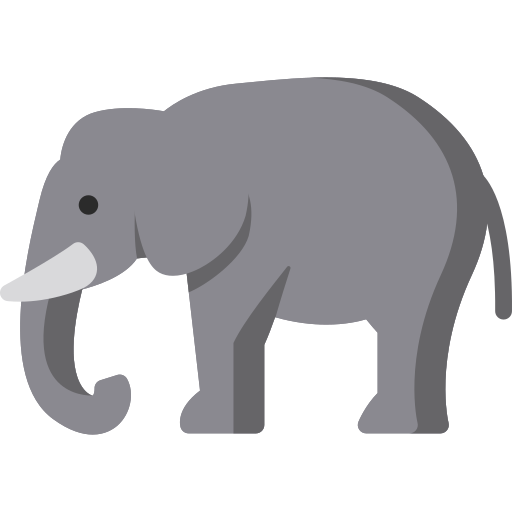
If you used the same 10 units of effort to push an elephant across the floor, the acceleration of the elephant would be little to none. This is because the elephant has significantly more mass than the coffee mug.
Did you know?
Third Law: Every action has an equal and opposite reaction
Example 1:
 Birds fly by using their wings to push the air in the opposite direction they want to go in. As they push air down and back, they move up and forward.
Birds fly by using their wings to push the air in the opposite direction they want to go in. As they push air down and back, they move up and forward.
Example 2:
 When you jump, your legs apply force to the ground. But the ground also applies force to your legs to propel you upwards!
When you jump, your legs apply force to the ground. But the ground also applies force to your legs to propel you upwards!
Quiz
An astronaut throws a ball in space, and finds that as she does, she floats backward in the opposite direction. What law is this an example of?
Newton's third law states that every action has an equal and opposite reaction. The force of throwing the ball forward results in an equal and opposite force that pushes the astronaut back.
What can we do with Newton's 3 Laws of Motion?

Newton's three laws of motion lay the ground work for much of what we understand in physics today! They help us understand:
How the orbits of the planets work
How cars work
How to calculate air and space travel
Even how to ride a bicycle!
Read more examples here!
Take Action
Did you enjoy learning about physics?
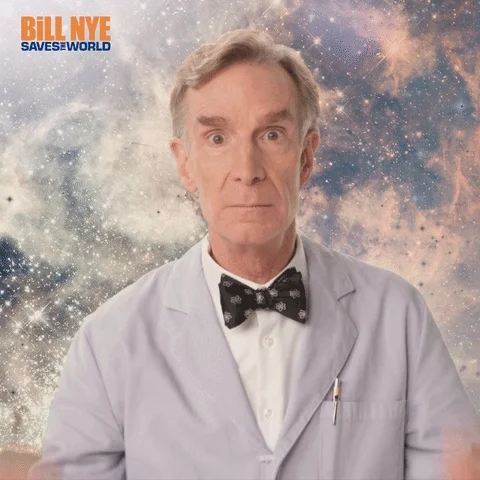
Feed your passion for science!
This Byte has been authored by
Robin Hunter
Volunteer Learning Designer


